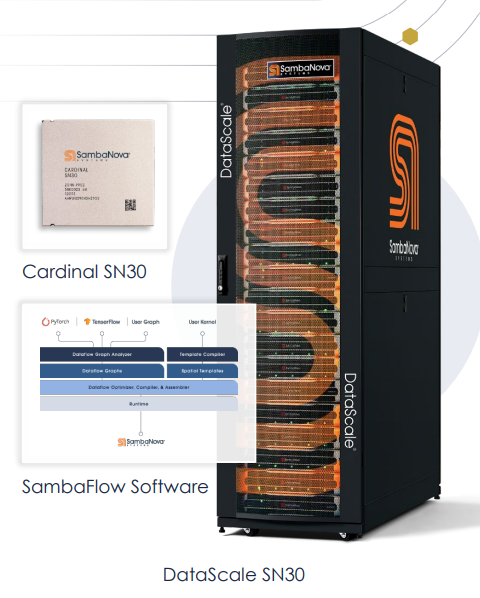
SambaNova Systems, an artificial intelligence (AI) driven software, hardware, and solutions platform provider has unveiled new seismic analysis capabilities for oil and gas discovery. Seismic analysis, a common process used to identify oil and gas deposits, can successfully identify deposits that represent billions of dollars in potential profit for oil, gas, and energy producers.
“Deep learning computer vision models improve and accelerate the analysis of seismic data by capturing high dimensional information that uncovers the resource patterns that experts need to identify,” said Rodrigo Liang, CEO and co-founder, SambaNova Systems. “These patterns enable more accurate discovery predictions while simultaneously speeding up the seismic analysis process to as little as one week.”
Correctly predicting the location of oil and gas accumulations is time-consuming and complex, involving highly- trained specialists who need to analyze hundreds of km3 of geospatial image data. The accuracy of the predictions is critical, as an incorrect prediction could represent billions in missed opportunities and a wasted capital investment of $100M or more.
Marshall Choy, SVP Product at SambaNova Systems, added: “The hardware available today was not designed to handle complex AI workloads and the size requirements of global oil and gas companies. SambaNova provides an integrated AI hardware, software and services offering that can handle the largest 3D networks that users want for geologic study and exploration.”
SambaNova's new DataScale software has several benefits, according to the firm. First, its computer vision models are designed to improve and accelerate seismic analysis. The amount of specialised labelled data available necessary to train seismic analysis computer vision models is limited. The labelling process is complex and requires experts who can recognise and label the 3D features critical to seismic analysis and prediction. Most organisations do not have the necessary data needed to train the computer vision models for the seismic analysis process.
SambaNova accelerates the time-consuming model training process by reducing the labelled data required to train a model by 97.6%, while simultaneously resulting in more detailed 3D features that improve the accuracy of the analysis. GPU-based AI infrastructures are not able to analyse high-resolution 3D images, which impacts accuracy. SambaNova's large 3D networks overcome limitations by leveraging multi-scale, 3D correlations that identify the most relevant features in the data to improve the quality of the predictions.
“This is a pivotal time for the oil and gas sector, with uncertainties about energy sources, public demand and business models,” said Liang. “To manage project costs, it is critical to leverage Foundation Models and LLMs to reduce cycle time. SambaNova has demonstrated the ability to rapidly generate training data examples faster and with the highest accuracy, resulting in reduced project costs and more accurate analysis.”






















